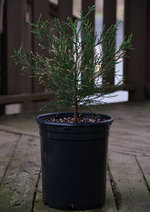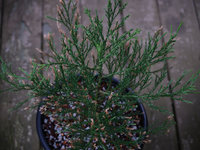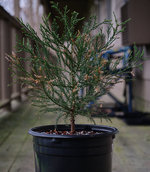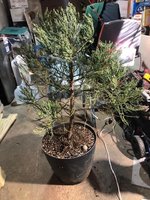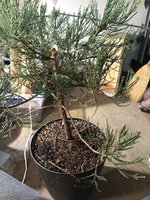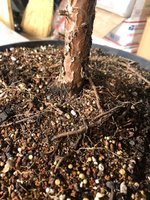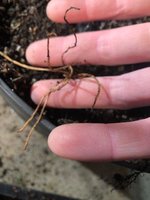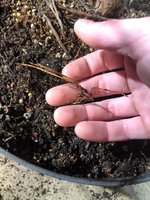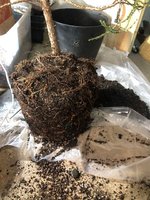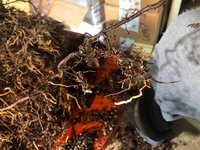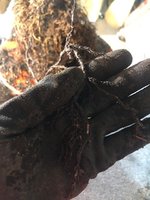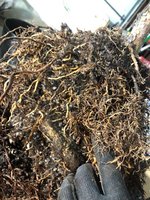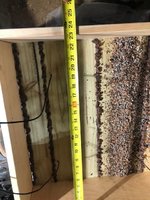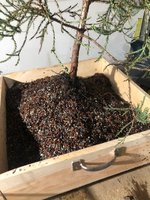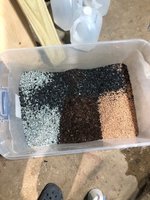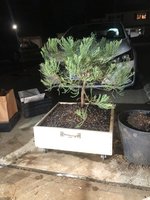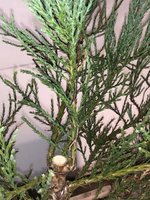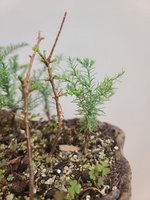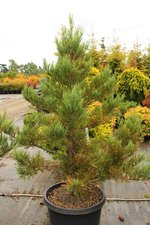Sempervirens
Seedling
Hey There,
Looking for a little advice w/ this Giant Sequoia I've had since November 2021. Couple of questions:
Kind regards.
Looking for a little advice w/ this Giant Sequoia I've had since November 2021. Couple of questions:
- Prior to re-potting (tree was in compost/soil from Coastal Maine Bar Harbor Blend, this soil would not dry out for weeks at a time if not entire months after watering), during the winter the needles started greying/browning. Is this considered normal or a rough winter response, or is this from too moist of soil for too long? See pictures as the needles are still in the same condition.
- I've since re-potted into a blend of Fir 33%, Pumice 33%, and black lava 33% into a 3 gallon Nursery pot with about 8 drainage holes including a 1" hole in the middle I drilled in to ensure proper drainage. I did leave some of the "native" soil attached to the roots and did NOT prune to try and stress the tree as little as possible. Does this seem like a good strategy? My goal is to continue developing the tree as the base of the trunk is still only 1" in wide approx.
- Any other care suggestions for this species is appreciated as I cannot find much in terms of Bonsai care for this specific species other than a few comments from Ryan on Mirai. Any first hand experience w/ these is appreciated.
Kind regards.

